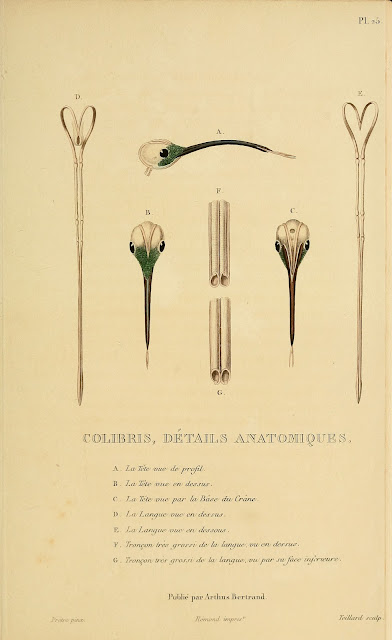 |
| Three Living and Three Dead |
Facsimilium goes back to its origin. We started this biblio-adventure last September (2011) with an amazing example of a traditional -lavish illuminated- european Book of Hours ("Horae Beatae Mariae Virginis cum calendario", 14th Century), link to the post here. And we continue today with probably one of the most amazing Book of Hours I could ever find in any University or digital library available on the internet: The rare Book of Hours from Rouen, France. Why amazing? It has two unusual characteristics. First, was enterely produced and illuminated by a local woman from Rouen, Normandy (but no other information about the author, is a mistery). Second, the codex can be considered as a high detailed chronicle of European gents during medieval ages, as contains several representations of season labors on traditional european farms and villages (shop of money exchange, pruning vines, activities like haymaking, reaping, threshing, treading grapes, baking, feeding pigs, slaughtering of a pig, etc).
 |
| Baking |
 |
| Feeding pigs |
 |
| Slaughtering a pig (November) |
As any other Book of Hours, this codex includes the traditional calendar, Office of the Virgin, Penitential Psalms, Litany, Hours of the Cross, Hours of the Holy Spirit, and the Office of the Dead. It has a large amount of lavish illustrations like the Annunciation, with roundels of Adam and Eve with the serpent, the meeting of Mary's parents at the Golden Gate, the marriage of Mary and Joseph, the Visitation (page 34), the Nativity, with roundels of shepherds with musical instruments (page 45), The Angel and shepherds (page 49), presentation in the Temple (page 55) flight into Egypt (page 57), coronation of the Virgin (page 62), King David and the prophet Nathan, with roundels of David and Goliath and the Last Judgment (page 67); Crucifixion (page 83); Pentecost, (page 86); Three Living and Three Dead (image at the top of this post), etc.
 |
| Jonah and the whale (see detail below). Entire codex has been digitized with an amazing resolution, caption below was done with a 400% zoom. |
 |
| Jonah and the whale (detail) |
 |
| Flight into Egypt |
 |
| Presentation at the Temple |
 |
| Crucifixition |




